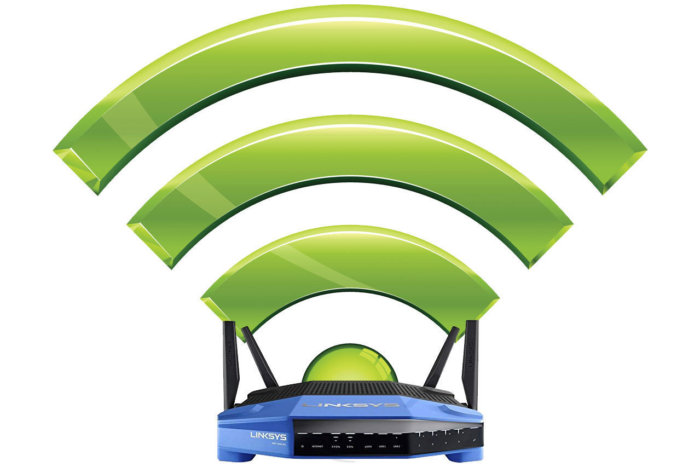How to eliminate the default route for greater security
If portions of enterprise data-center networks have no need to communicate directly with the internet, then why do we configure routers so every system on the network winds up with internet access by default?Part of the reason is that many enterprises use an internet perimeter firewall performing port address translation (PAT) with a default policy that allows access the internet, a solution that leaves open a possible path by which attackers can breach security.+Also on Network World: IPv6 deployment guide; What is edge computing and how it’s changing the network?+To read this article in full, please click here(Insider Story) READ MORE HERE…










